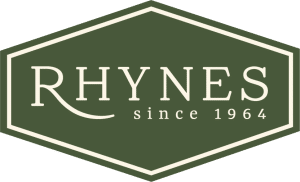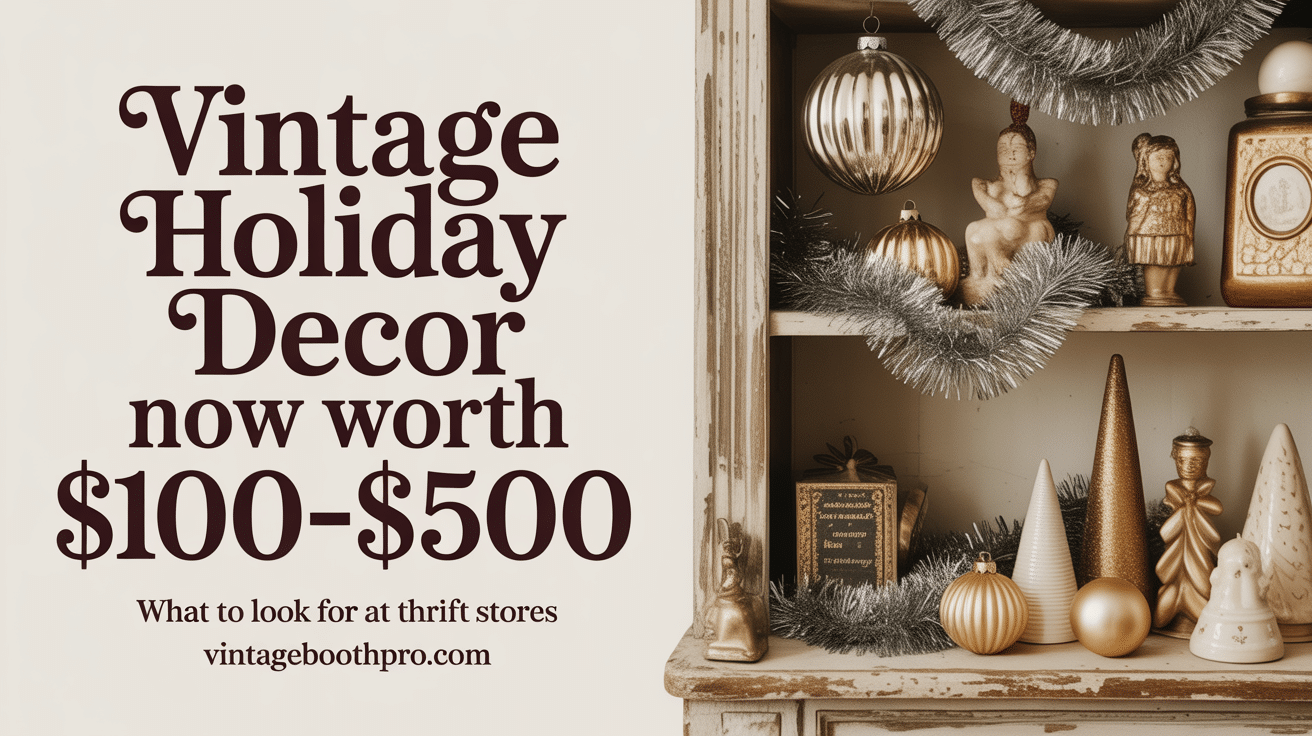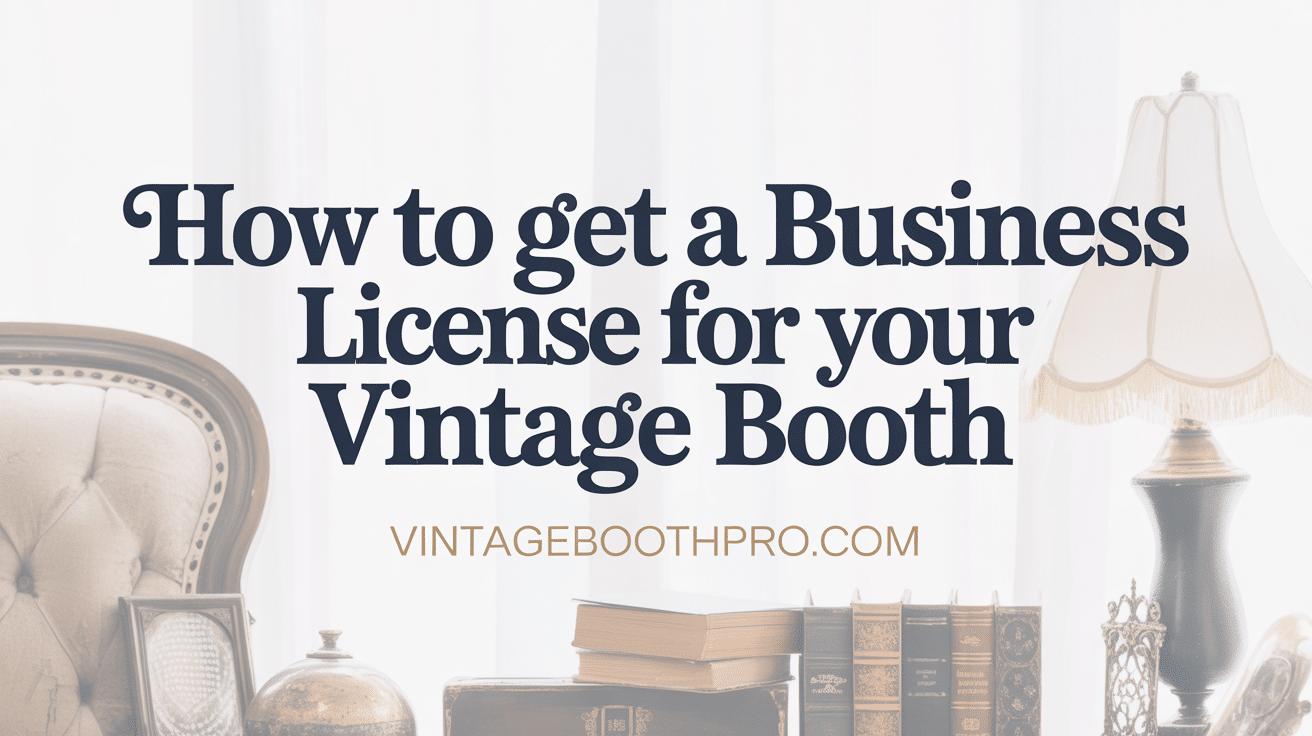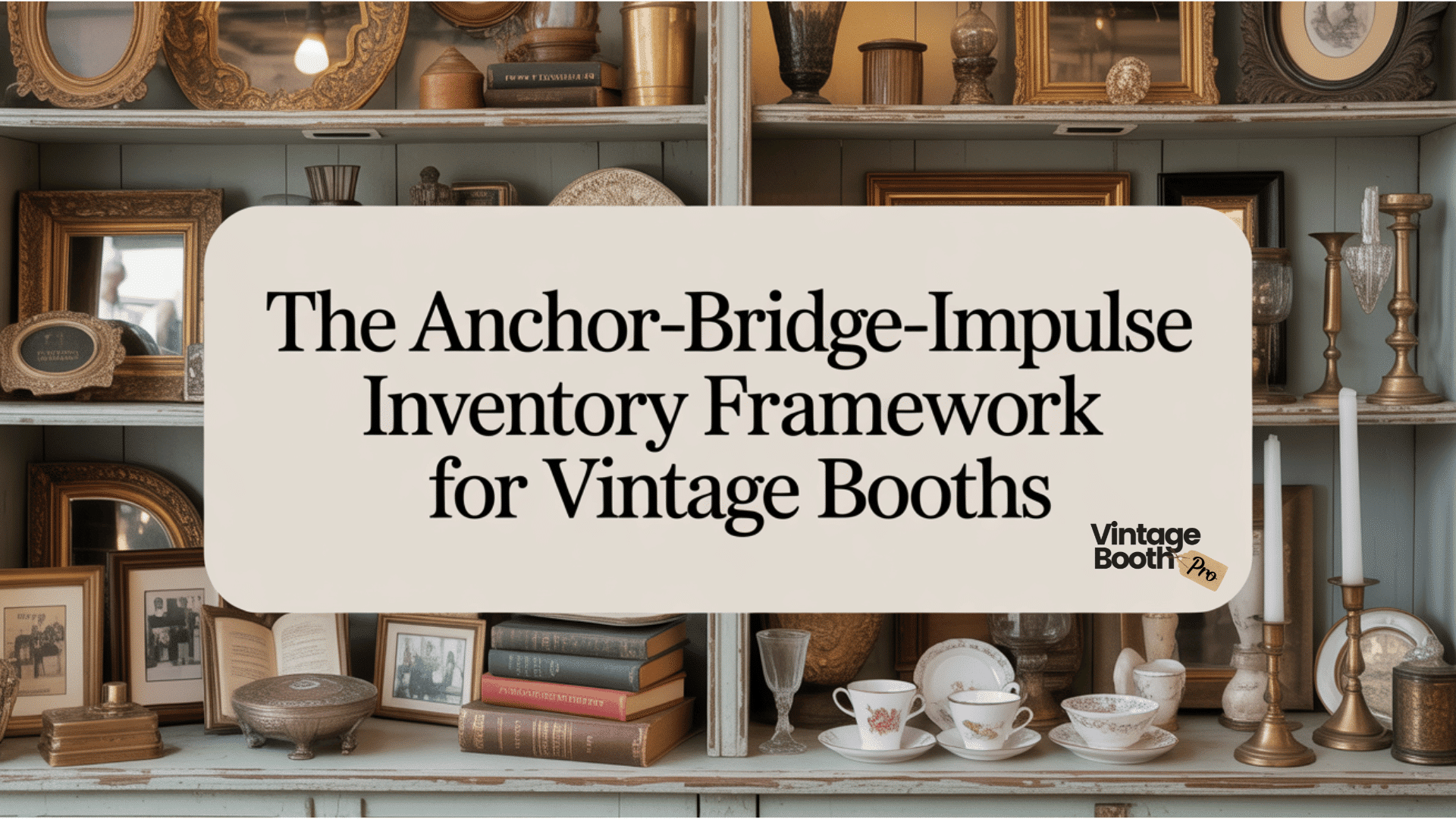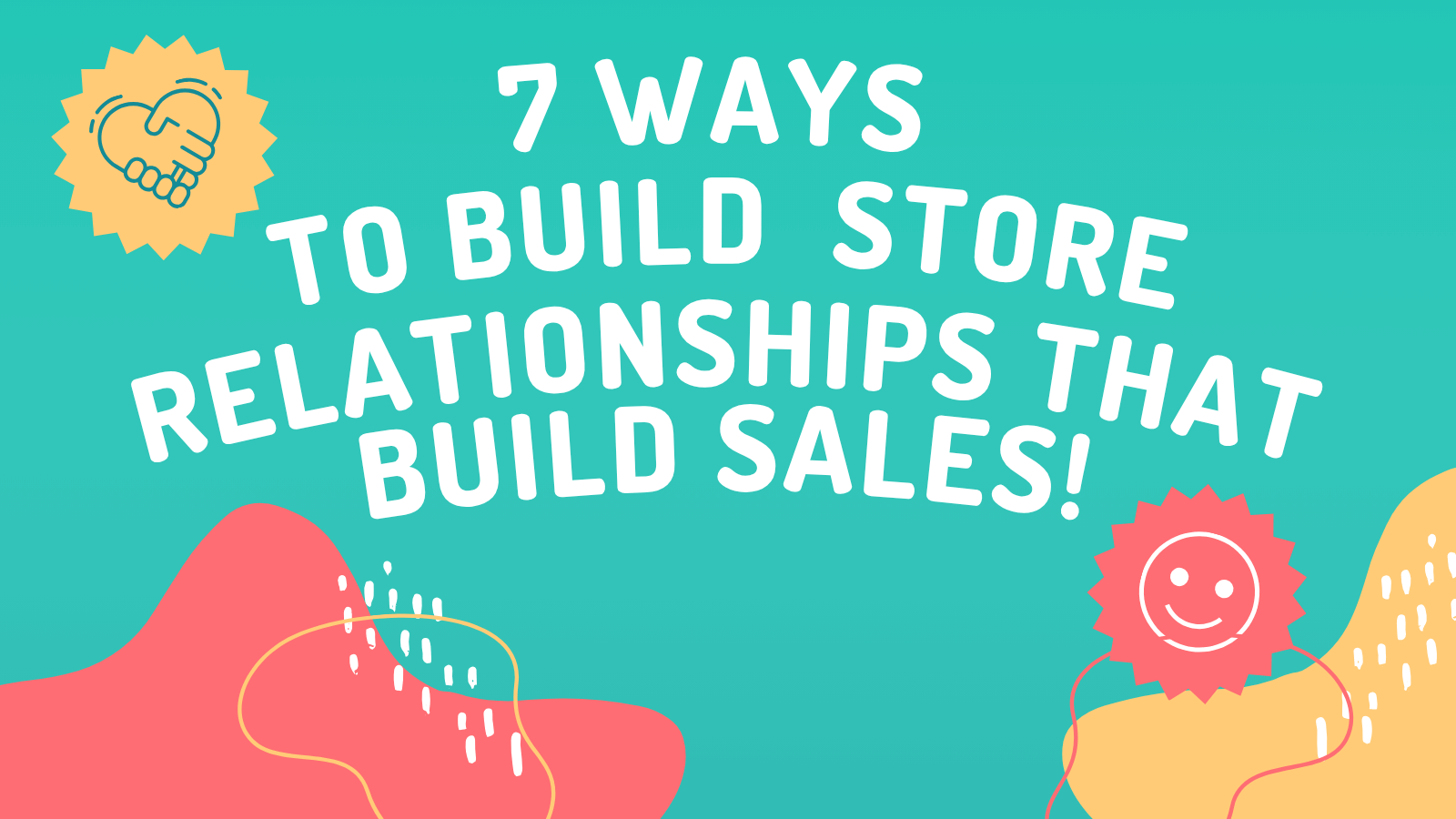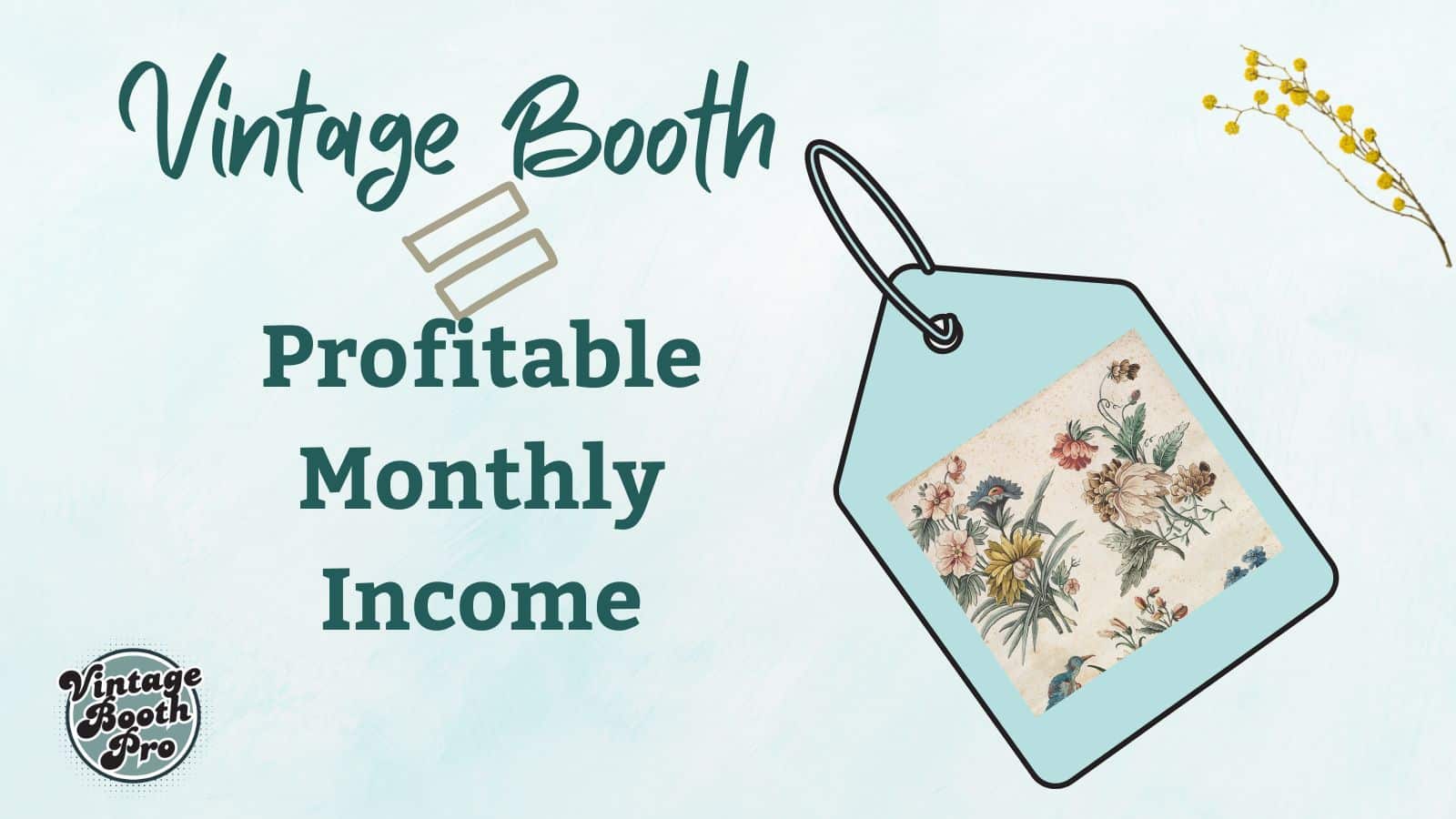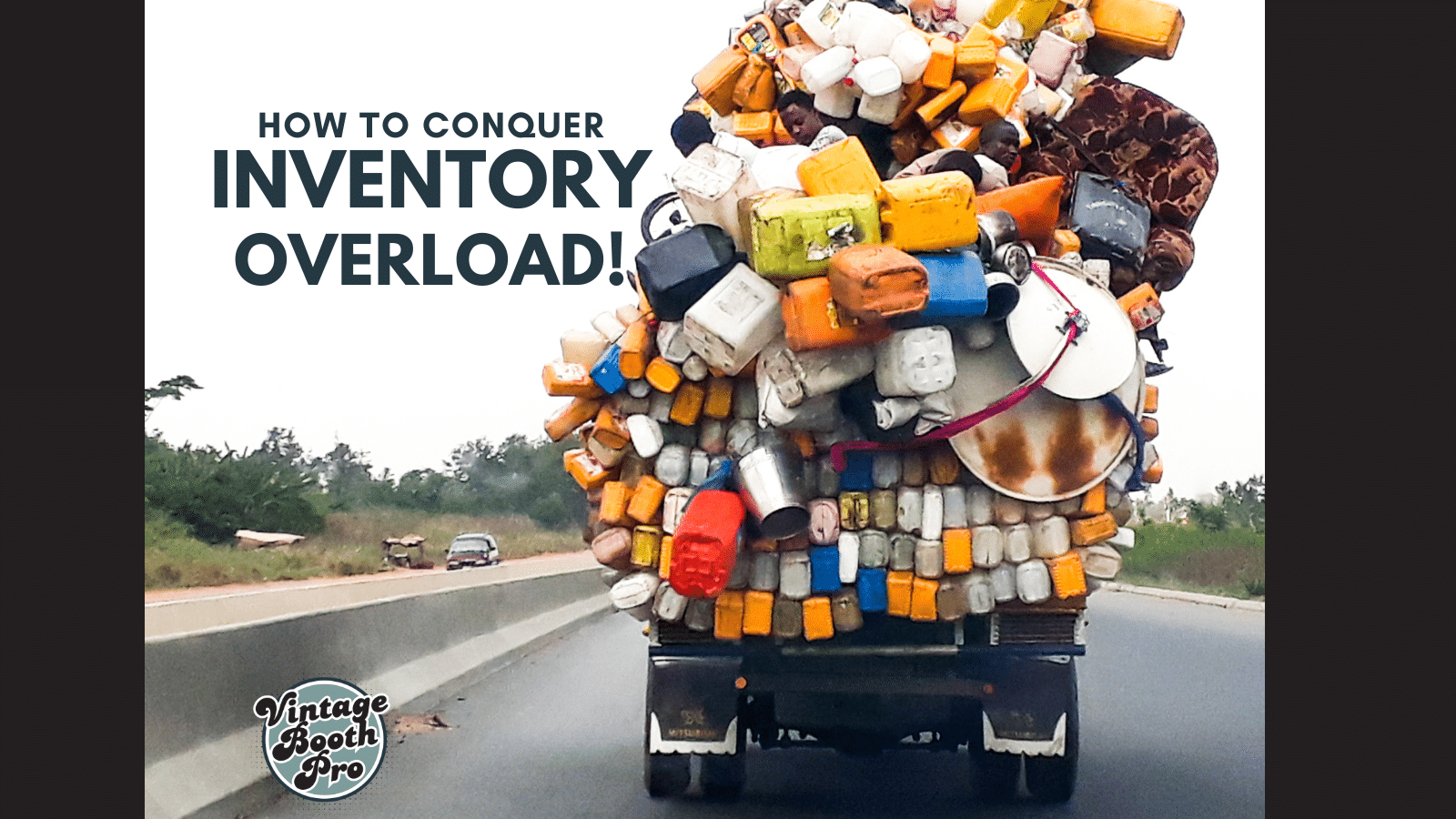Unlock Your Vintage Booth's Potential
Discover the perfect blend of creativity and business acumen to elevate your vintage booth. Explore our resources and ignite your passion for vintage selling.
Helping You Sell Smarter & Style Beautifully
Join Our Community
Embrace your passion for vintage with our expert guidance and vibrant community.
Explore Our Top Categories
Welcome to Vintage Booth Pro
I’m Crystal, a dedicated vintage seller and creative coach. My mission is to empower booth owners and makers to enhance their businesses and unleash their creative potential. With years of experience in the vintage market, I provide insights and strategies to help you succeed and grow your passion into a thriving business.
Thank you to our sponsors!
